
Monday 27th January to Sunday 2nd February 2025
I haven't made much mention of deep sky objects recently - targets that are outside of our Solar System and much further away. Well the evenings next week are an ideal opportunity to go hunting them as the Moon will be below the horizon and not causing any light pollution.
Look towards the south around
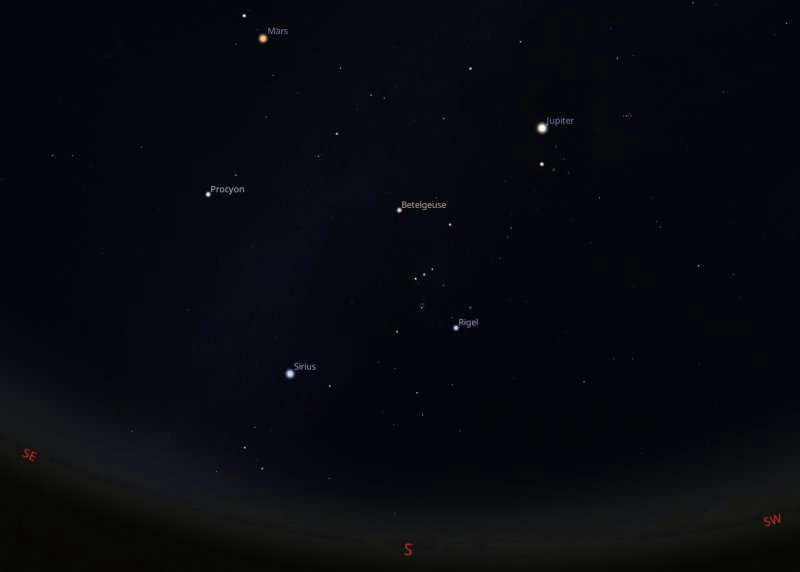
Let's focus our telescope on what is called the "sword" of Orion to find the Great Orion Nebula, also known as M42 in the Charles Messier catalogue. You are looking for a faint fuzzy blob half way down the sword.
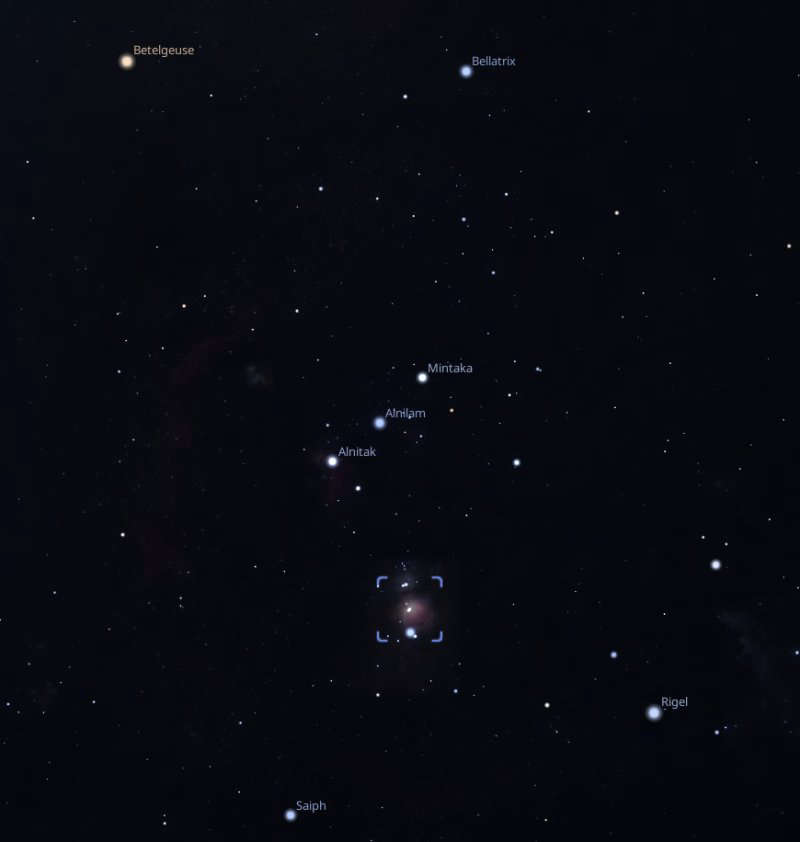
M42 is known as an "emission nebula" because its gas is very active and radiating its own light. It is an area where new stars are born and is about 1600 light years away from us.
When you see a photograph of the nebula, it is always in glorious techni-colour and looks stunning. This is because a camera soaks up light (a bit like a sponge) and the image will be heavily processed to highlight detail. When using an eyepiece in real time, your eye only senses a little bit of light and cannot resolve colour at those low levels.
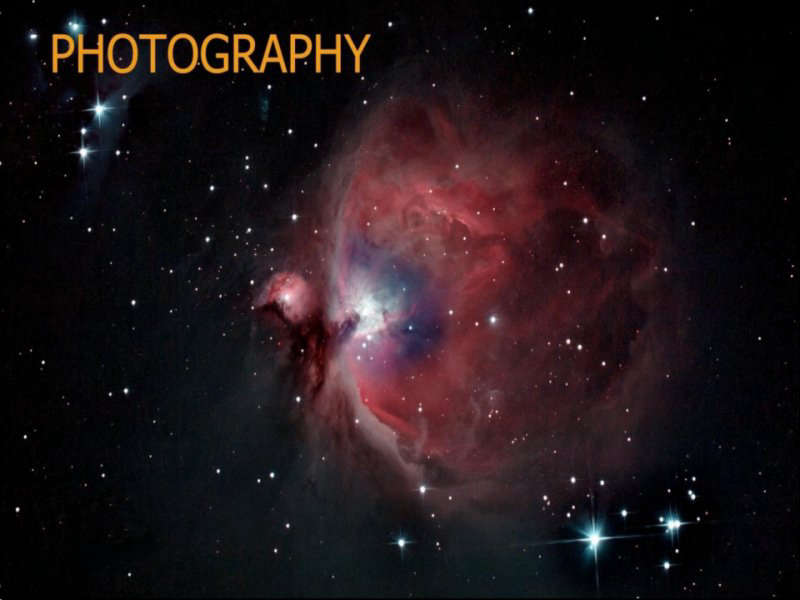
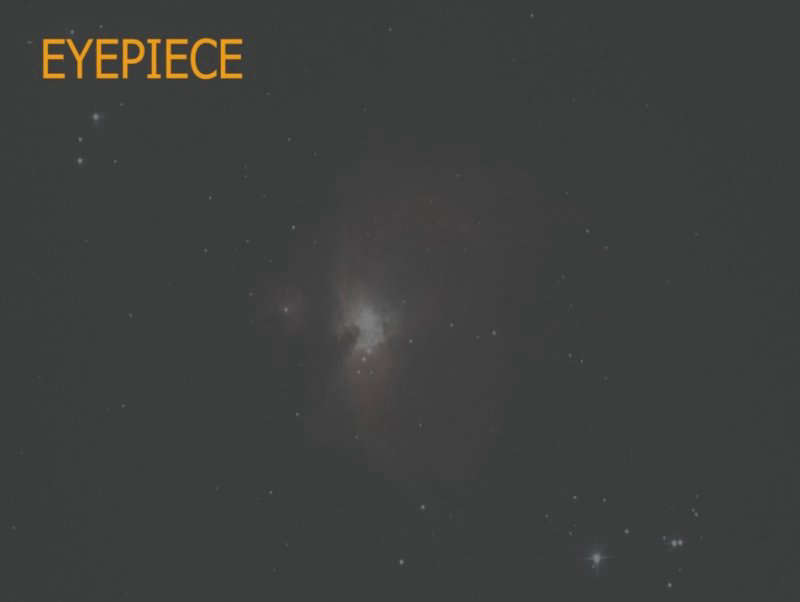
This is why the lack of Moon is important, as sunlight reflecting from the lunar surface spoils the contrast of deep sky objects in your eyepiece.
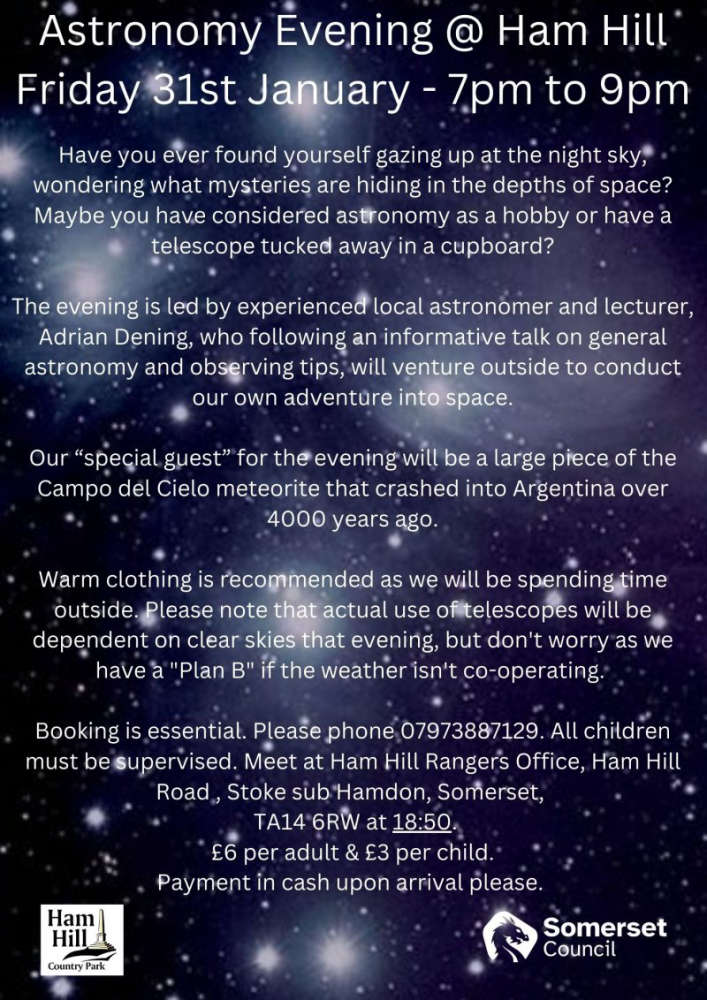
www.starsoversomerset.com
Screenshots courtesy of Stellarium
Copyright Adrian Dening and Radio Ninesprings 2025

 Winter Coat Scheme
Winter Coat Scheme
 Recycling
Recycling
 Ilminster Local Plan
Ilminster Local Plan
 Hate Crime
Hate Crime
 False Fire Alarms
False Fire Alarms
 Dog DNA
Dog DNA
 Mobile Phones in Vehicles
Mobile Phones in Vehicles









